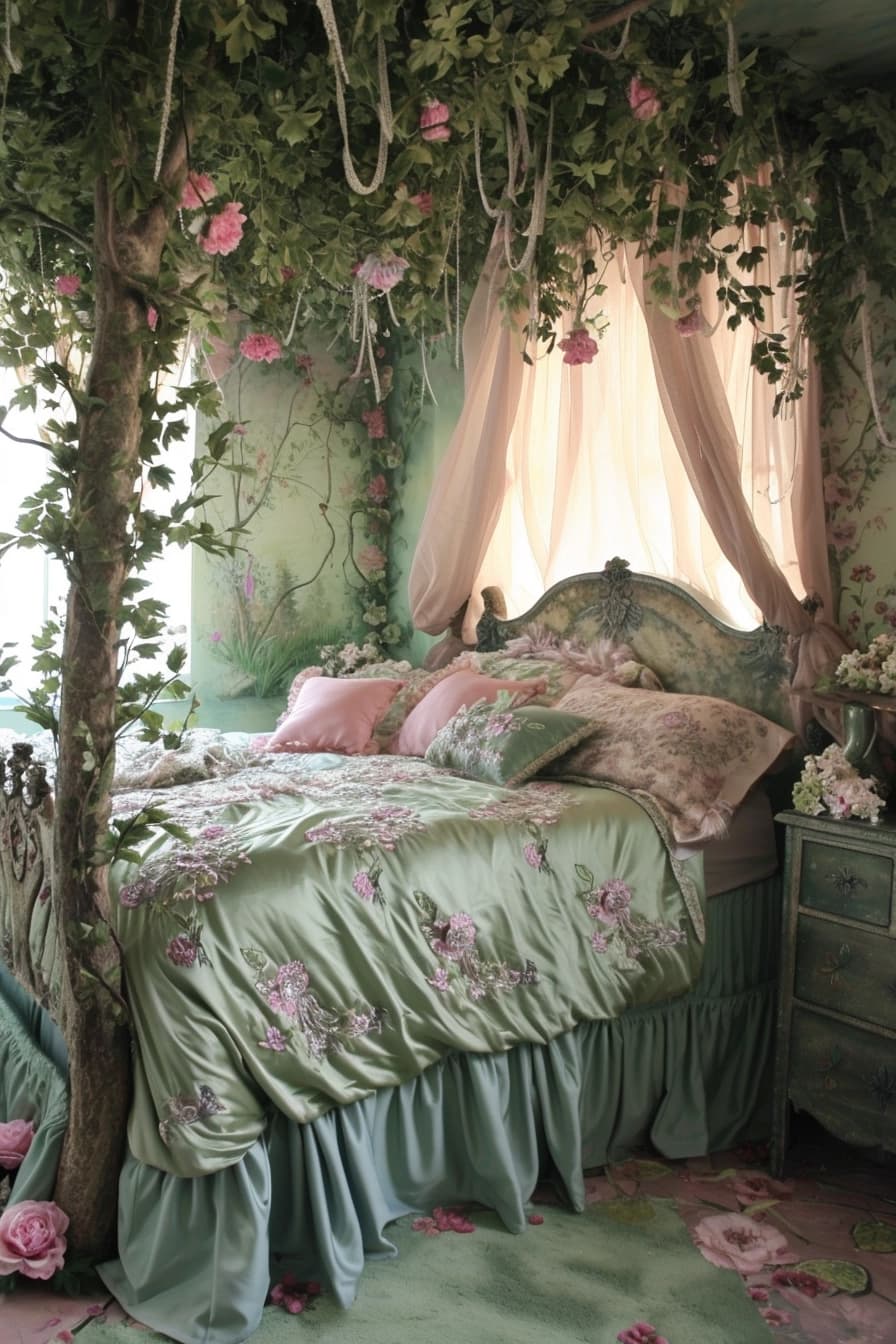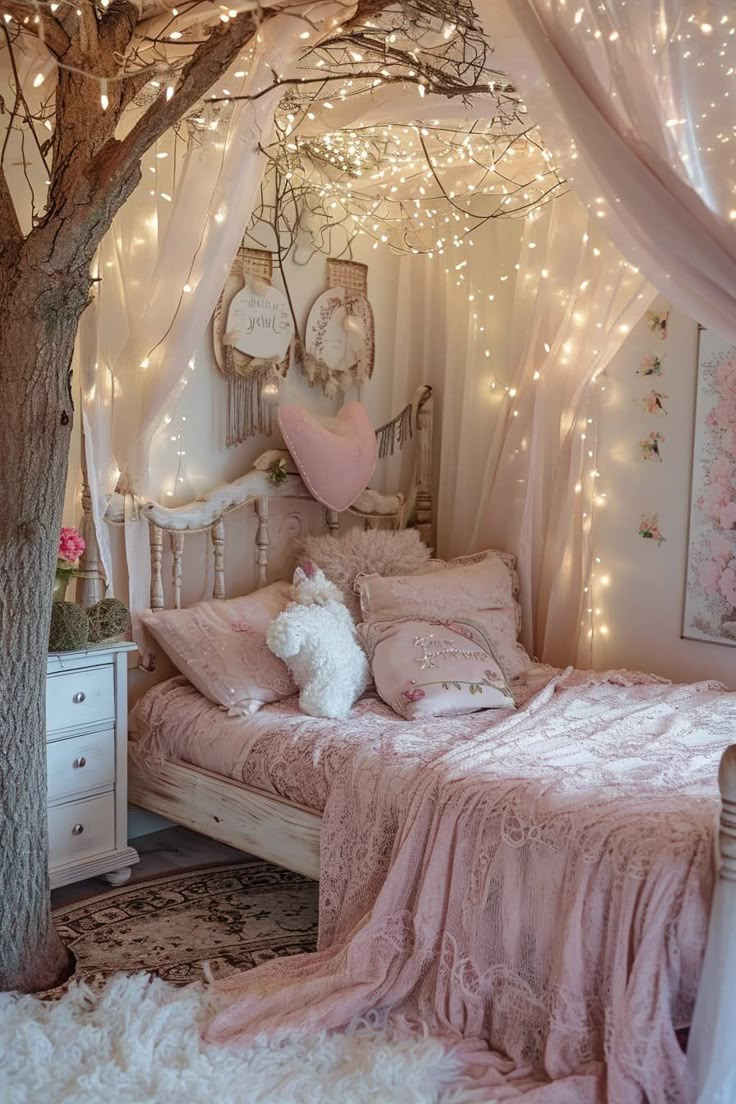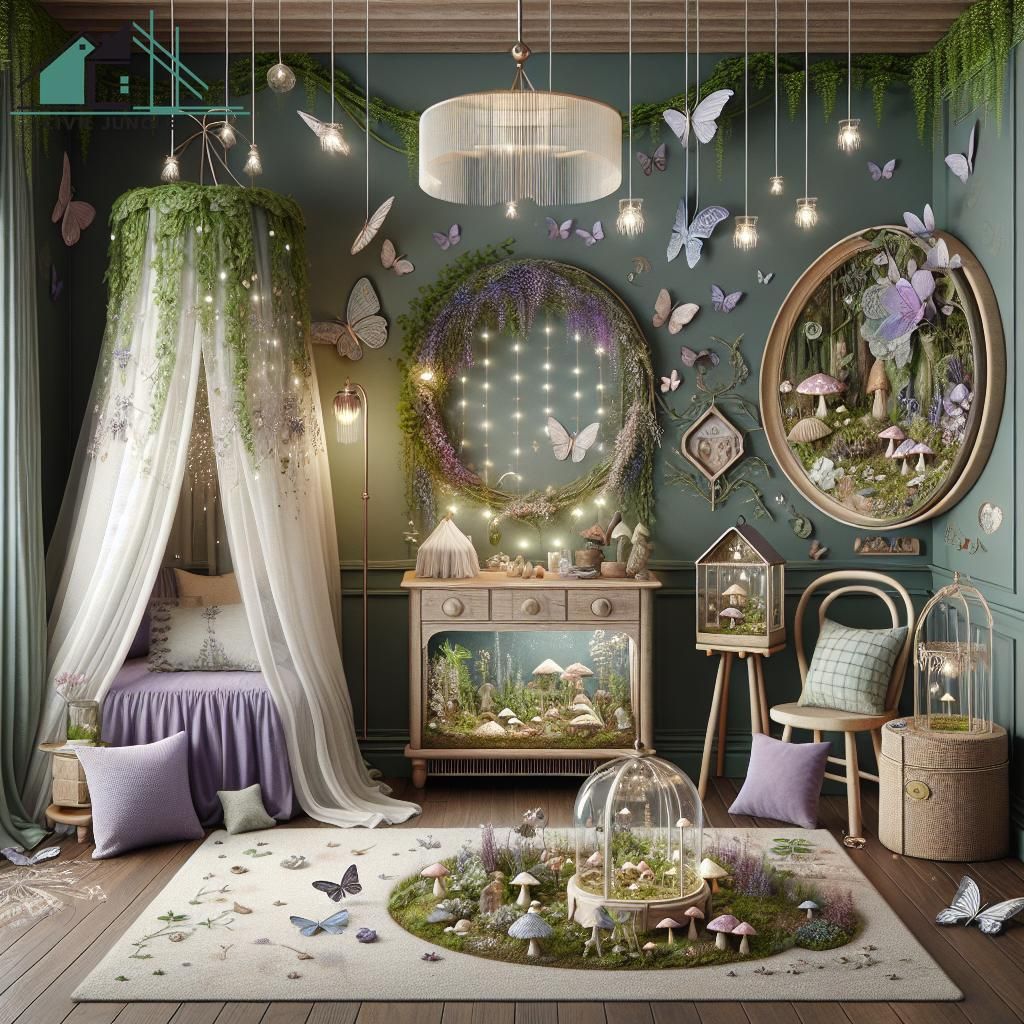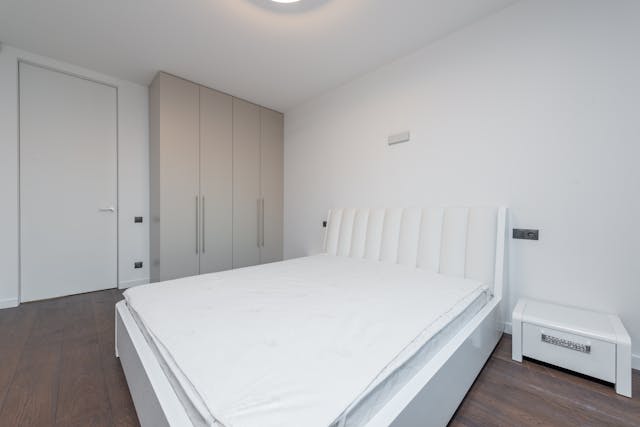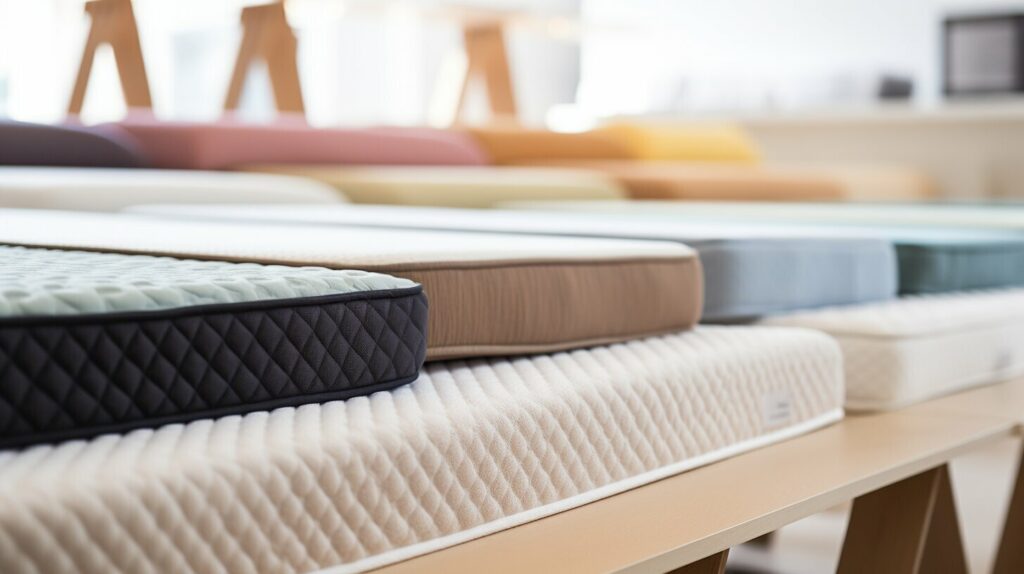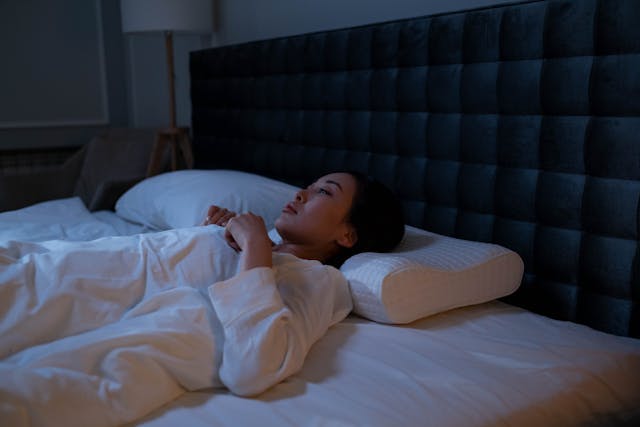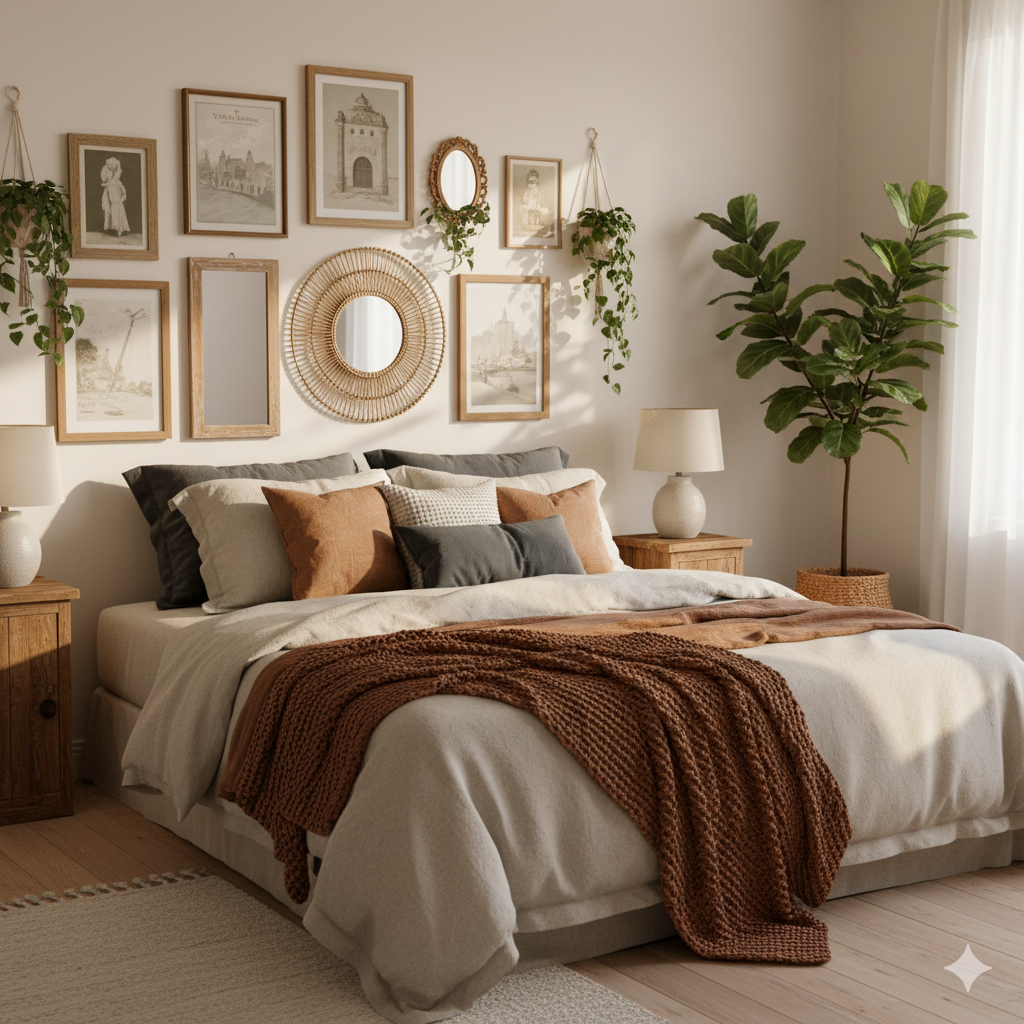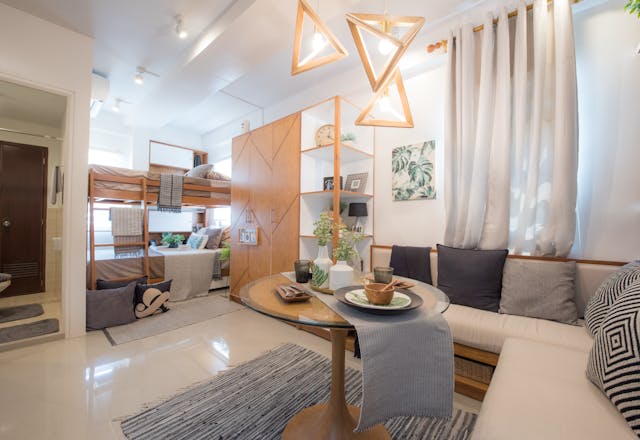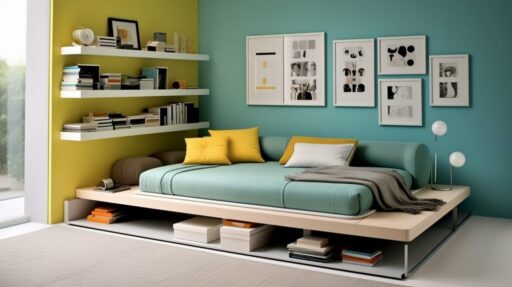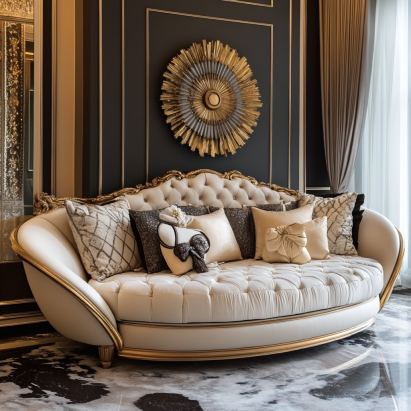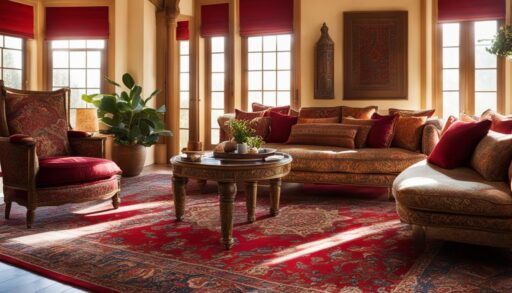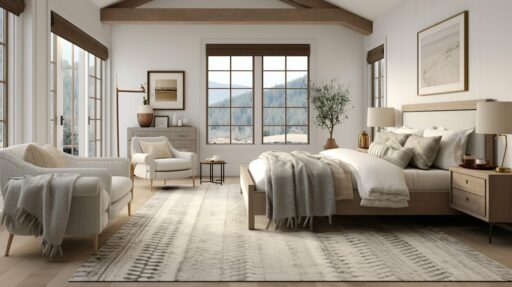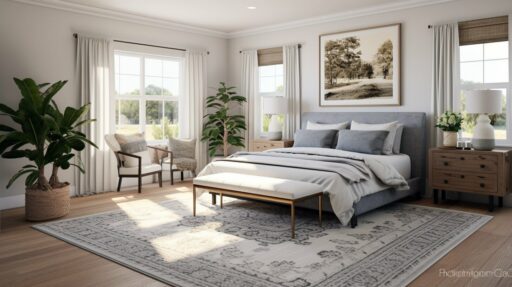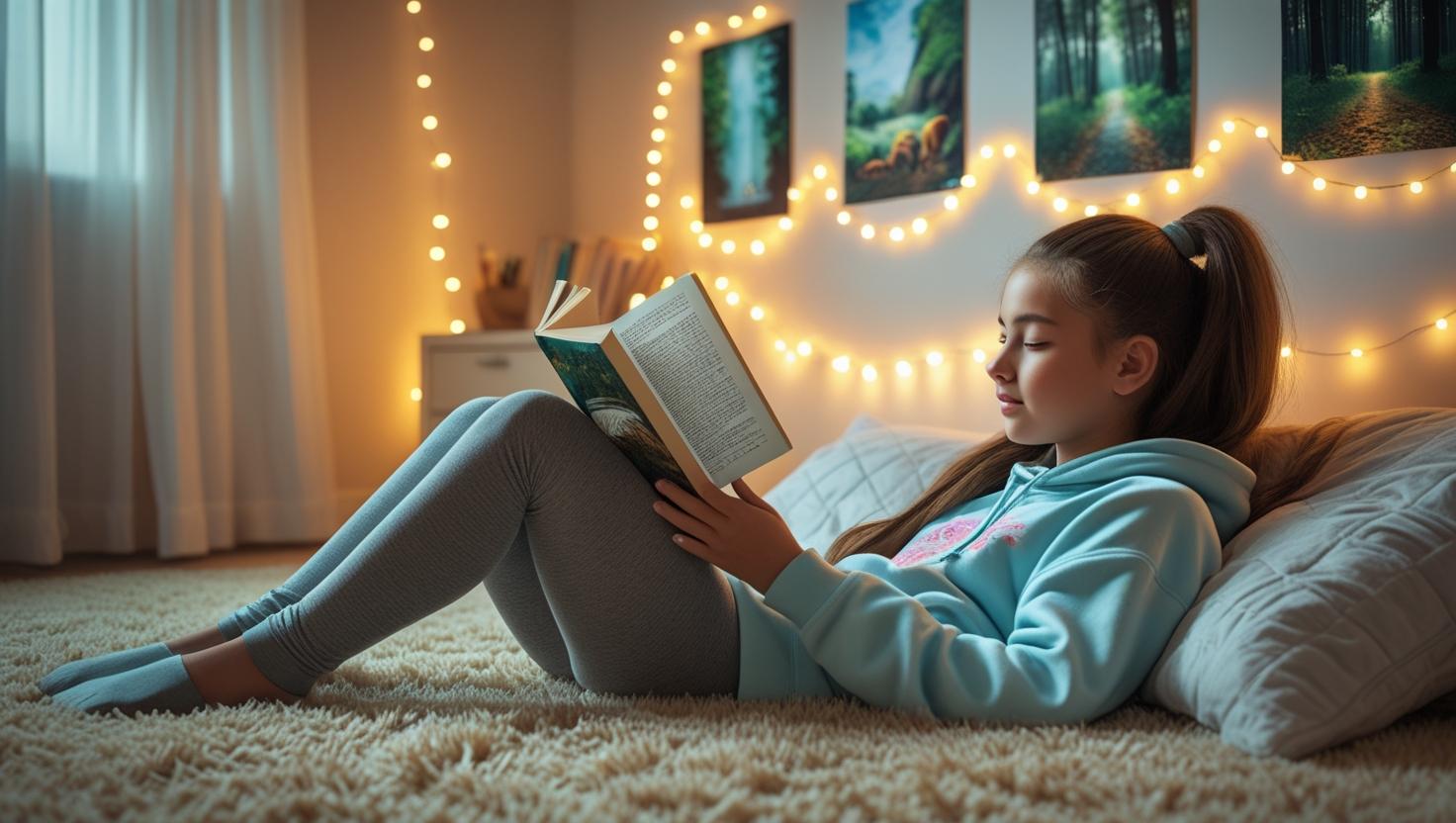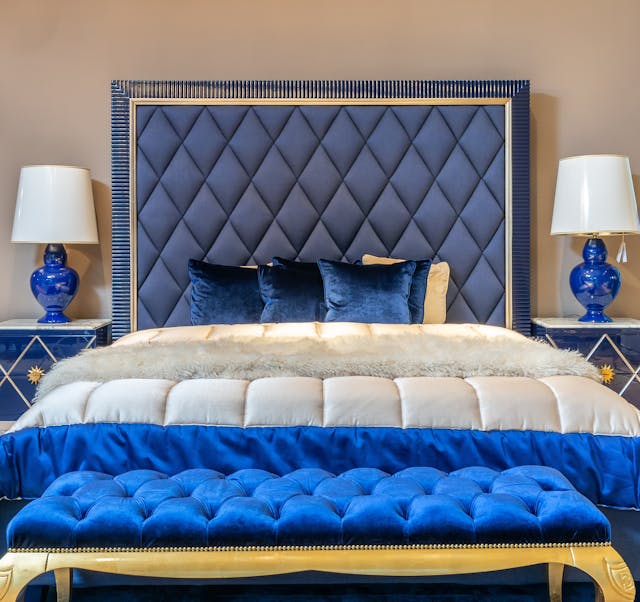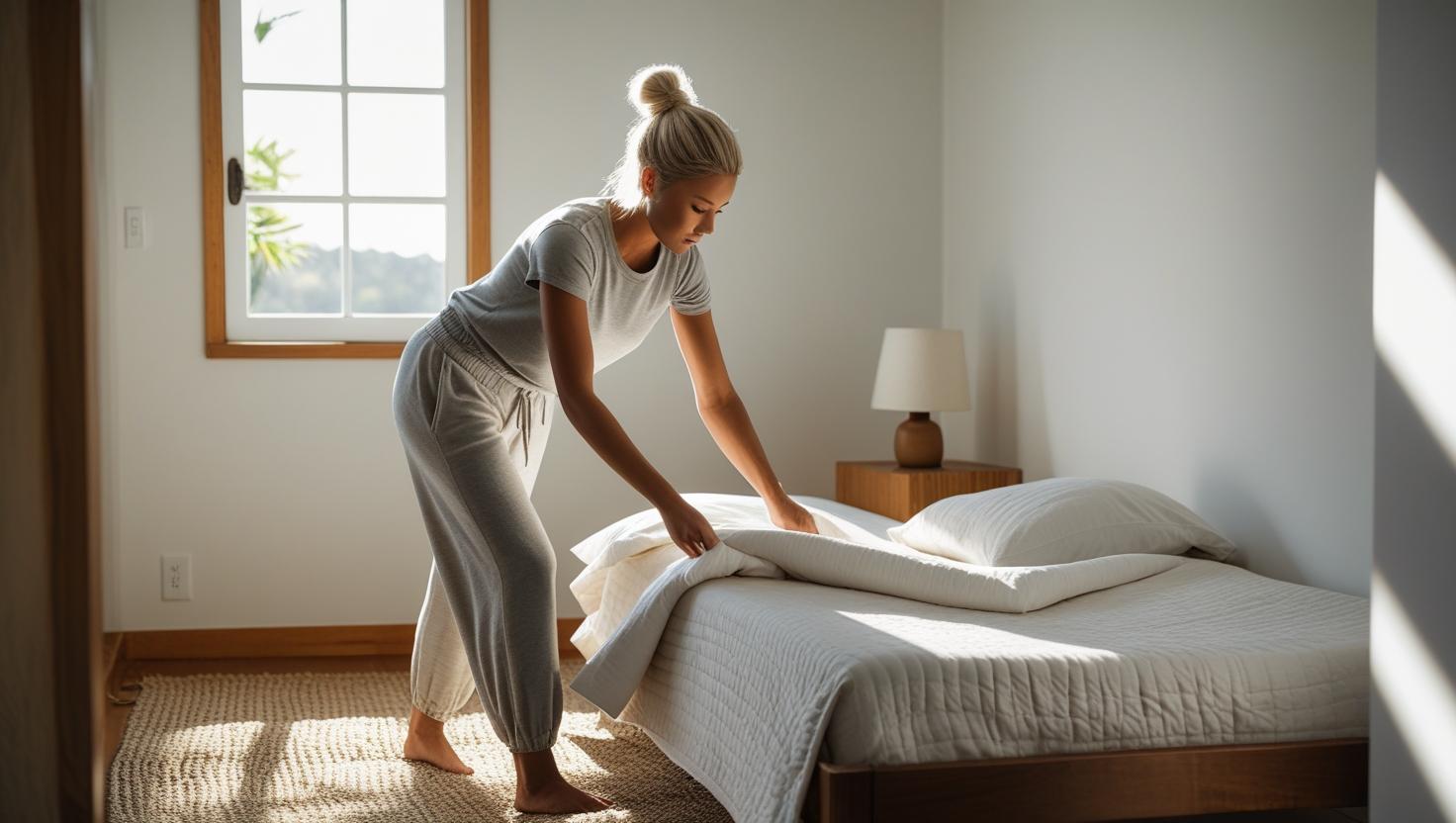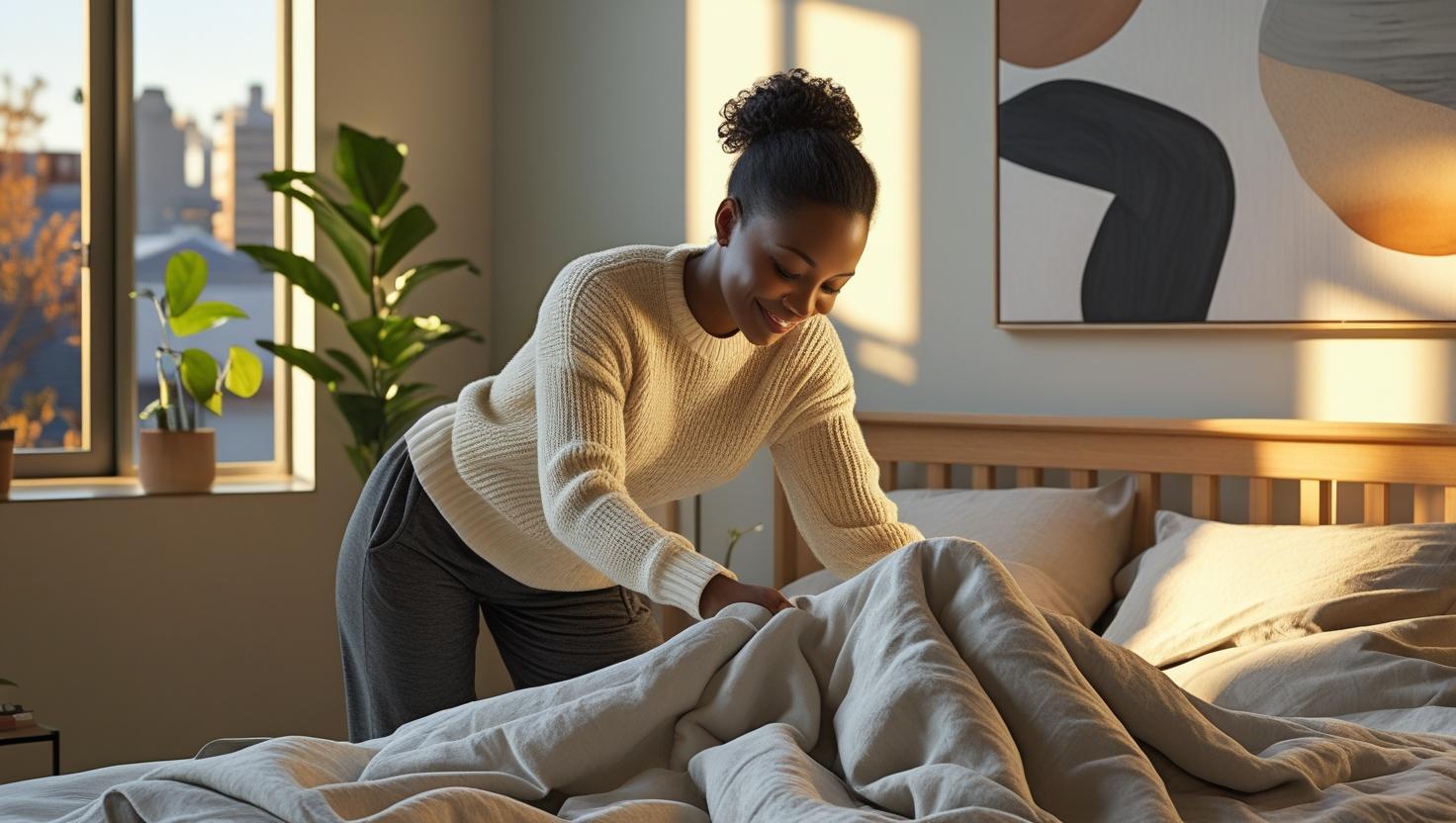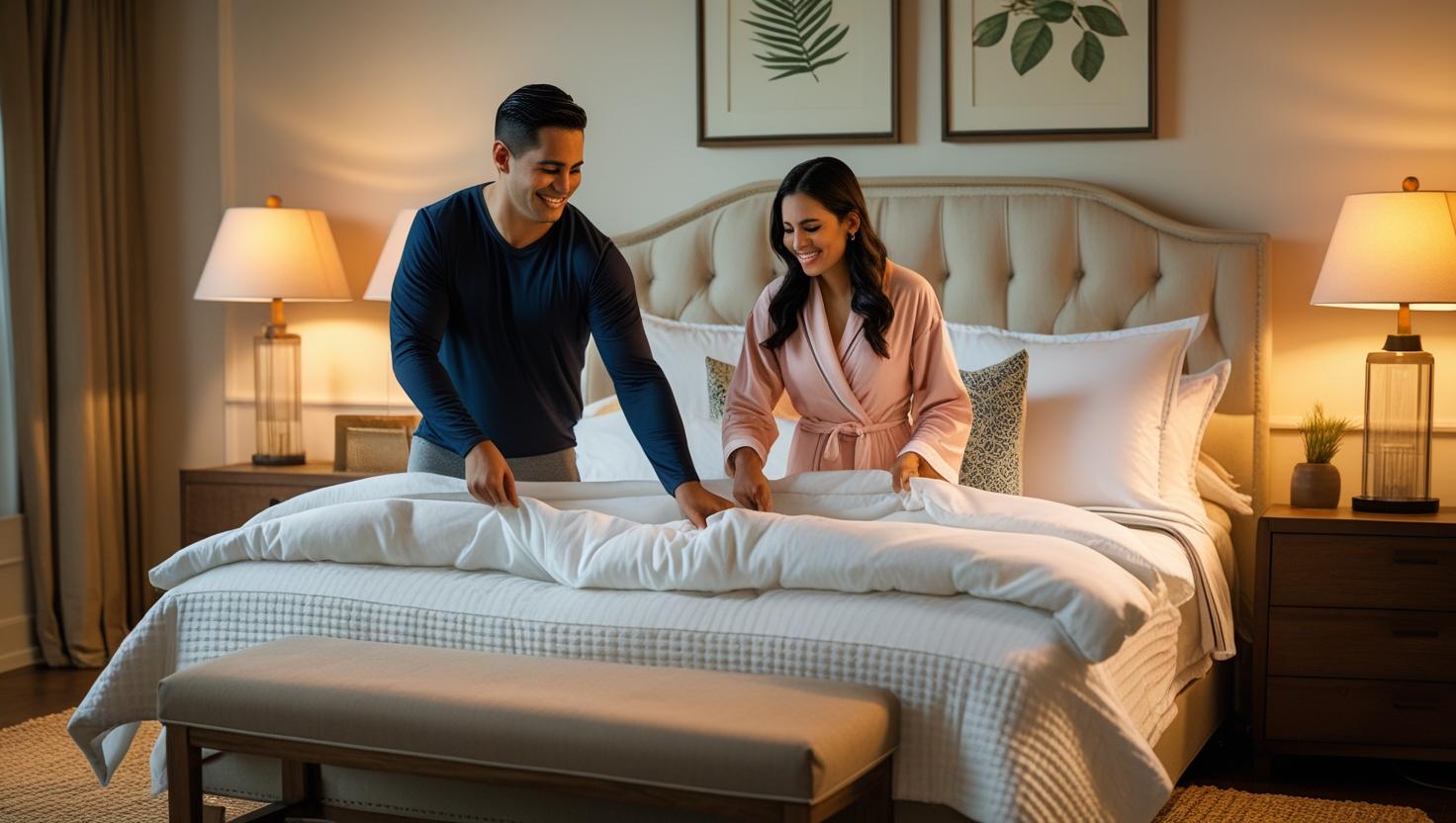Dreamy Bedroom Ideas for Better Sleep
Dreamy bedroom design isn’t just about beauty—it’s about creating a restful space where your mind and body can recharge every night.

Key Takeaways
- Transform any room into a dreamy bedroom with calming colors, soft lighting, and cozy textures
- Reduce stress and sleep better by simplifying layout, cutting clutter, and adding natural elements
- Layer textures, use mood-setting scents, and personalize without overcrowding the space
Why Your Bedroom Design Matters
Your bedroom isn’t just a place to sleep—it’s your sanctuary. A dreamy bedroom helps lower stress levels, regulate your sleep cycle, and support emotional well-being. When done right, design enhances rest and rejuvenation, giving you more energy each day. According to the Sleep Foundation, bedroom environment is a major factor in sleep quality.

Start With a Calm Color Palette
Color sets the emotional tone. Soft blues and greens promote rest, while warm neutrals like beige and ivory create coziness. Earthy tones such as sage and taupe ground the space. Limit deeper colors to accents and avoid high-contrast combos that distract the eye. Choosing a calm palette is one of the simplest dreamy bedroom ideas for better sleep.
Lighting Ideas for a Dreamy Bedroom
Lighting directly influences sleep. Use warm-toned bulbs in the evening, add dimmers, and avoid bright overhead lights. Try bedside lamps or sconces for a soft glow, and skip daylight bulbs after sunset. The National Institutes of Health notes that artificial light at night can interfere with circadian rhythms. Thoughtful lighting is essential for better rest.
The Bed Is the Star
Your bed is the centerpiece of your dreamy bedroom. Invest in a quality mattress, use breathable natural-fiber sheets, layer pillows and blankets, and position it for comfort and openness in the room. Check out our mattress guide for tailored tips. The right bed setup sets the foundation for dreamy bedroom ideas for better sleep.

Reduce Clutter for Mental Clarity
Clear spaces clear the mind. Use under-bed bins, tidy nightstands, group loose items in baskets, and avoid open shelves crowded with objects. Minimalism supports relaxation and ensures your space promotes better sleep.
Natural Materials and Indoor Plants
Nature calms. Add wooden furniture, cotton curtains, or woven textures. Place peace lilies or snake plants in corners. Even a small ceramic pot or wood tray adds warmth. A clean indoor environment contributes to better air quality and wellness, making your bedroom more restful.
Personal Touches Without the Clutter
Balance is key. Add 2–3 calming artworks, a few favorite books, and a few grouped photos. Avoid visual overload to keep the dreamy vibe intact. A curated approach keeps your room relaxing instead of overwhelming.
Textures That Invite Relaxation
Mix soft throws, plush rugs, and linen drapes for comfort. Texture layers add depth and a tactile sense of peace without visual clutter. Layering different fabrics creates a cozy, grounded atmosphere that signals rest.
Set the Mood With Sound and Scent
Use white noise machines, lavender diffusers, linen sprays, and silent clocks. These subtle cues signal your brain to transition into sleep mode naturally. Sound and scent are simple yet powerful dreamy bedroom ideas for better sleep.
Create a Simple Reading Nook
Dedicate a cozy corner with a chair, lamp, and table for pre-bedtime reading. This habit helps your body wind down each night. See how to build one in our reading nook guide. A reading nook creates a screen-free zone for relaxation before sleep.
Keep Screens Out of the Bedroom
Blue light disrupts melatonin. Charge phones outside the room, ditch the TV, and opt for analog alarm clocks. Use night mode if screens are necessary, but minimizing tech is one of the best ways to create a dreamy bedroom that supports healthy sleep.
Room Layout for Calm
Let the room flow. Keep paths clear, furniture against walls, and avoid blocking views. This creates openness and calm energy. A thoughtful layout not only improves function but also fosters a serene mood.

Refresh With the Seasons
Swap bedding, fabrics, and accessories seasonally. Lighten up in summer, cozy up in winter. Small changes keep the room fresh and dreamy. Rearranging furniture and rotating accent colors can also give your space a whole new look and feel, encouraging a refreshed sleep experience each quarter of the year.
Maintenance Habits
Daily: Make the bed, open windows, and tidy surfaces.
Weekly: Wash bedding, dust, and clean under the bed. Routine keeps the dreamy feeling intact.
Monthly: Deep clean, declutter, and rotate accessories. Maintenance preserves your dreamy bedroom ideas for better sleep over the long term.
Conclusion
Turning your bedroom into a dreamy retreat doesn’t require a full remodel—just thoughtful changes that prioritize peace, comfort, and personality. By applying these dreamy bedroom ideas for better sleep, you’ll enjoy a restful sanctuary every night. For more inspiration, explore our guides at Cozy Bed Quarters.
FAQ
What are the best colors for a dreamy bedroom?
Soft blues, greens, warm neutrals, and earthy tones like sage or taupe are ideal. They promote relaxation and balance.
How can I make my bedroom dreamy without spending a lot?
Focus on affordable updates like rearranging furniture for better flow, decluttering surfaces, adding a few plants, or swapping out harsh lights for soft, warm ones.
What lighting works best in a dreamy bedroom?
Warm-toned bulbs, dimmable lighting, bedside lamps, and string lights or wall sconces create a soothing ambiance that supports better sleep.




